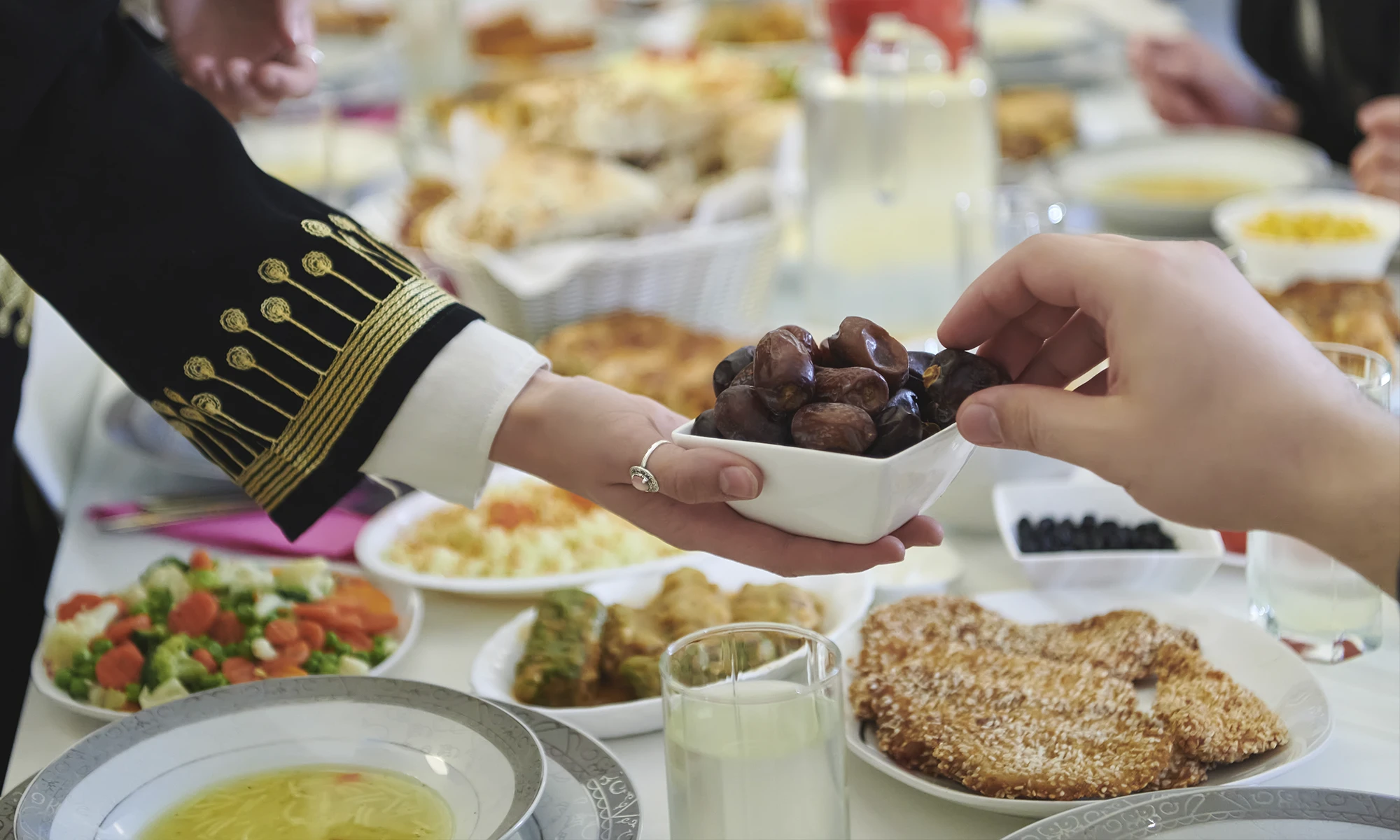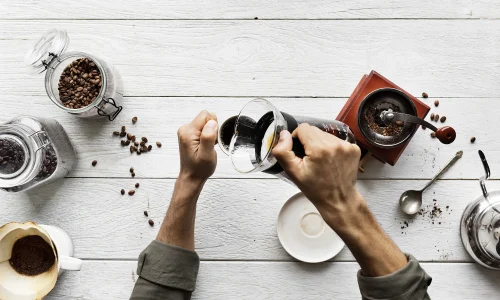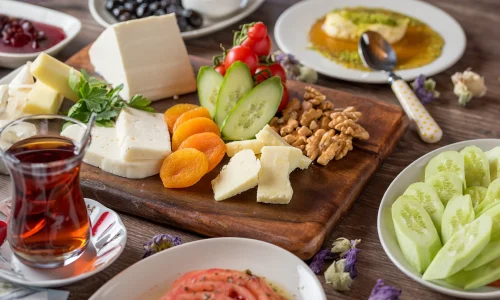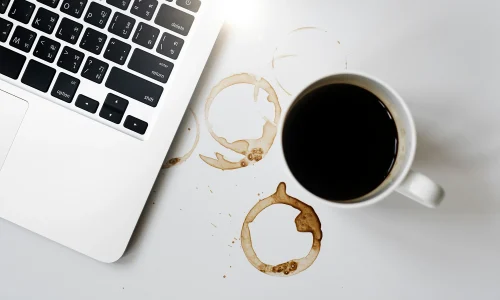The month of Ramadan holds great importance not only as a sacred time in our faith but also for its rich history and traditions. Some of these customs have faded, while others remain relevant, each embodying a spirit of unity, respect, and grace. Here are a few beautiful, long-forgotten traditions unique to the month of Ramadan.
Ramadan Keşkek
In the past, each region celebrated the arrival of Ramadan in its own way. One of the most widespread traditions was preparing keşkek for the first iftar meal. Whether made with meat or chicken, keşkek was always cooked for the first iftar. People believed the grains of wheat resembled prayer beads and saw them as a way to remember Allah.
The Iftar Table of Appetizers
Today, we use appetizers primarily to break the fast, but during the Ottoman period, appetizers were served as a separate, preliminary table. Iftar was arranged in two parts: an initial table for appetizers and another for the main meal. The first table, filled with breakfast-like items and appetizers, was set for breaking the fast. Guests would then proceed with evening prayers while the appetizer table was cleared, and the main meal table was prepared.
Advice Booklets for Ramadan
During Ramadan, advice booklets were issued by the state, detailing the etiquette and behaviors to observe. These booklets, more about manners than laws, reminded people to attend the mosque for prayer times and to avoid eating in public spaces. Non-Muslim citizens were given special consideration, with advice that drummers refrain from playing in non-Muslim neighborhoods to avoid disturbing them.
Verse-Themed Tables
One of the most important aspects of Ramadan was the spirit of unity and togetherness. In this spirit, rich and poor alike would sit at the same table, and the iftar tables were thoughtfully organized to bring people together. Tables were given names inspired by verses, and upon entering, guests would be handed a spoon labeled with a verse name. Each guest would sit at the table marked with the name on their spoon, encouraging everyone to meet new people and breaking down social divides. Occasionally, people who had been estranged would find themselves seated together, taking it as a sign to reconcile.





